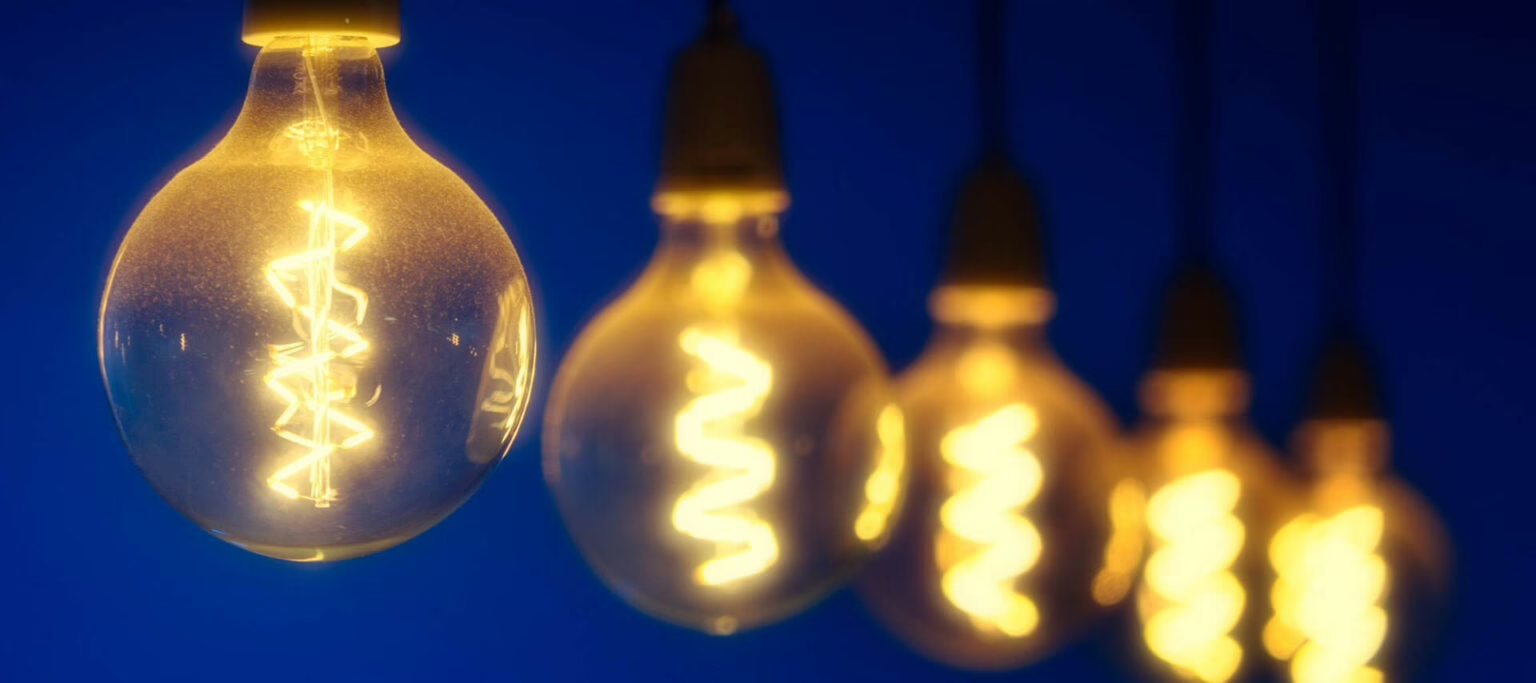LED bulbs are energy-efficient light sources that are becoming more and more common. Sometimes it happens that an LED bulb stays on or glows after you turn off the switch. This can be confusing and annoying. There are several causes for this problem, which we explain below in simple language.
Leakage current
A common cause is leakage current. This is a small amount of electrical current that continues to flow even when the switch is off. LED bulbs are so sensitive that this minimal current is enough to make them glow. Leakage current can be caused by the way the electrical system is laid out or by the switches used. For example, some switches with a pilot light allow a small current to pass through, keeping the LED bulb on.
Induction voltage
Another cause is induction voltage. This happens when electrical wires are close together and create a magnetic field. This field can generate a small voltage in neighboring wires, which is enough to make an LED bulb glow. This problem is more common in older homes with outdated wiring.
Switches with indicator light
Some switches have a small light that illuminates when the light is off, so you can find the switch in the dark. This light can pass a small current to the LED bulb, keeping it lit or glowing.
Improper installation of the switch
If the switch is connected incorrectly, such as to the neutral wire instead of the phase wire, a small current may continue to flow to the LED bulb. This can cause the bulb to stay on even when the switch is off.
Worn or dirty switch
A switch that is worn or dirty can make a bad connection. This can cause a small amount of current to continue to flow to the LED bulb, keeping it lit or glowing.
Solutions to the problem
There are several ways to solve this problem:
- Replace the switch: If the switch has a pilot light, you can replace it with one without one. This will prevent a small current from continuing to flow to the LED bulb.
- Check the wiring: Have an electrician check the wiring to make sure the switch is connected correctly and that there is no leakage current or induction voltage.
- Use an compensator: This is a small device that you can install in parallel with the LED bulb. It absorbs the leakage current so that the bulb goes out completely when the switch is turned off.
- Choose quality LED bulbs: Some cheap LED bulbs are more sensitive to leakage current and glow faster after being turned off. By choosing higher-quality LED bulbs, you can reduce this problem.
A dimly burning LED bulb after turning off is usually harmless. However, if the problem is disturbing, you can consult a professional to check the electrical system and fix any problems.

